Museums are known to be storage places for items from the past and, it’s well known that the past is a rocky place to explore.
| I spoke with a few people about the new donation and received a number of comments along the lines of “why would people hang onto stuff like that? It’s a time in history that’s something to forget about.” While I did feel weird unfolding the flag (which was almost as long as the museum office is wide) to look for maker's marks and researching Nazi armbands on the internet, I thought a lot about the things people hang onto. Why would someone fighting the Nazis save some of their stuff? And what kind of historical value do they have in a local history museum? |
| People hang onto all kinds of things for all kinds of reasons. We oftentimes hold memories in the items we possess and in the items of people we know. I have a plate that hangs on my wall at home with a donkey surrounded by dogwoods that was from my grandparent’s basement, which reminds me of all the fun times I had there as a kid that also unknowingly prepared me for working in a museum. We attach memories and stories of experiences into the items we find, purchase, carry with us, and leave behind, creating a chain of memories. |
| The recent uptick in "Identity Evropa" postings around Humboldt County is an example of how the symbols of hate regenerate with new populations drawing from past ideologies and adopting their own symbolism. The group has been posting images of European statues with statements that give a polished and neutral face to a white supremacy organization focused on creating a unified group oriented around a common "European" identity-similar to how the Nazis tried to organize around an Aryan identity via tactics including the adoption of the swastika. While the group currently tries to avoid inflammatory statements against non-white groups, that doesn't mean that their actions don't say the words their overarching organizers prevent them from saying. |
| Additionally, the Nazis used fashionable, trendy posters and models to promote Nazism in Germany, such as this poster that promotes the National Socialist Student Union. One of "Identity Evropa" goals is to have their symbols and sayings become so embedded in daily life that white supremacy becomes acceptable in day to day society. In Nazi Germany, the swastika was incorporated into daily life in an incredibly similar way, with the symbol appearing in children's books, on propaganda posters, and on the armbands of teachers, along with being openly displayed by supporters through flags like the one donated to the museum. There are even parallels between Nazism promoted in universities and Identity Evropa's focus on canvassing university campuses. |

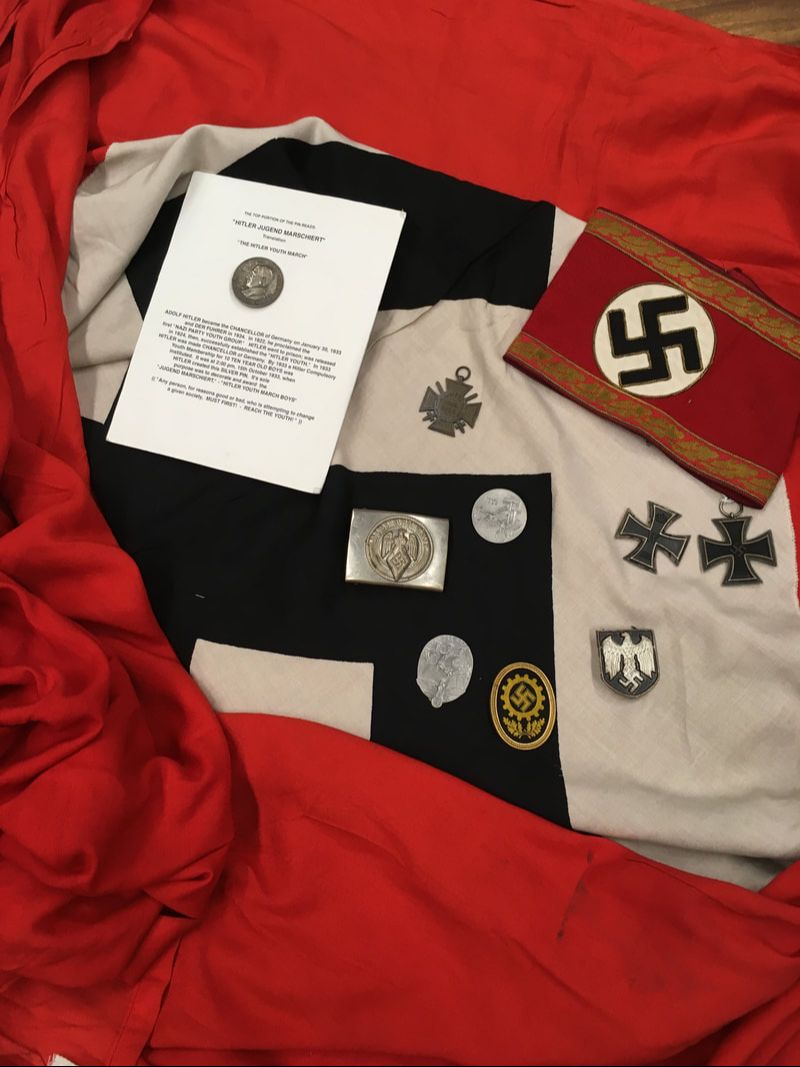
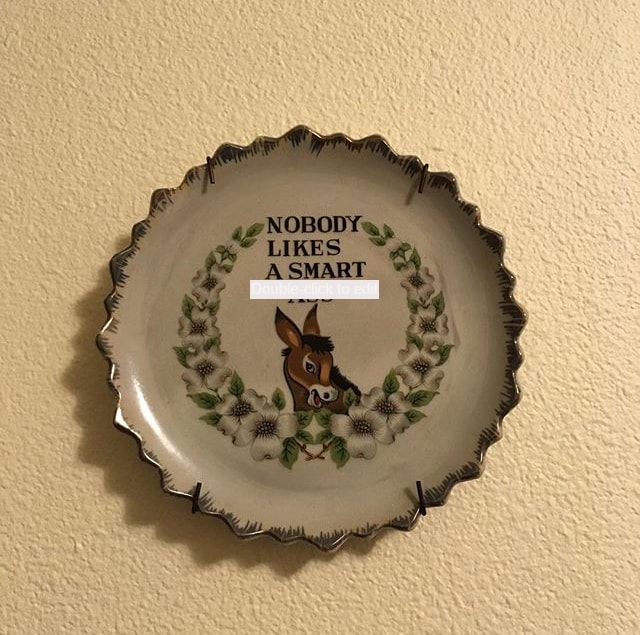
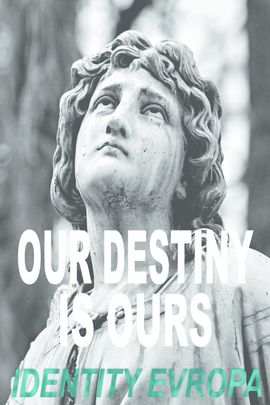
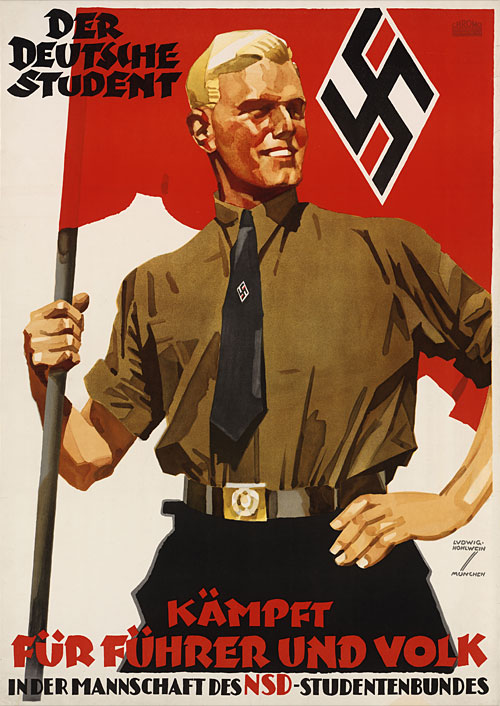
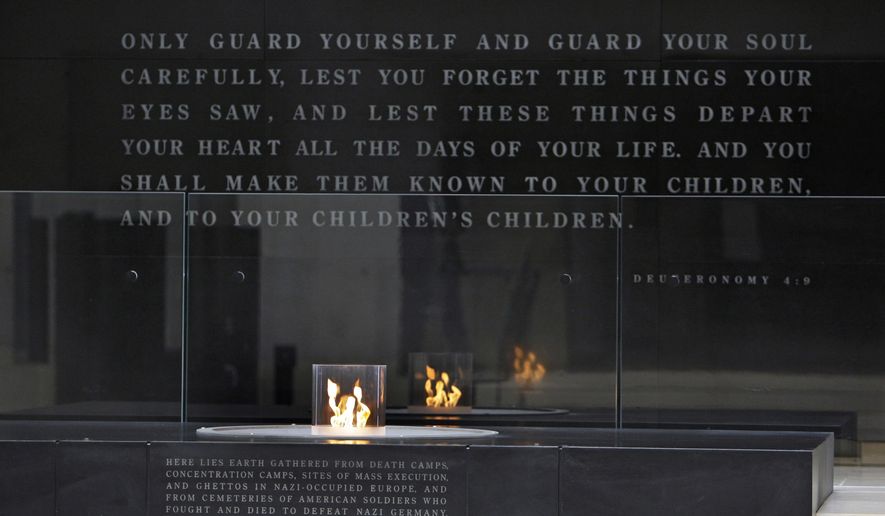
 RSS Feed
RSS Feed